My earliest memory of practicing any kind of ritual occurred around the dining room table when I was very young. Spread out on the good table cloth were meat filled buns that my parents only bought on special occasions, Pak Cham Gai, boiled chicken with a soy and oyster dipping sauce, garnished with some green onions and sesame oil. In another dish were potatoes, carrots and onions that were boiled along with the chicken to give it flavour and to make the broth. And for something sweet my parents bought either a chocolate, or vanilla Swiss roll filled with vanilla cream.
At end of the table were photos of my dead relatives, all of whom I’d met when I was still a baby. The images were propped up with books, flanked with candles on either side that would burn for the entire day. My family and I stood on the other end, my father holding a shot glass in one hand, and in the other was a bottle of honey brown liquor; he poured this libation into the glass and then onto the floor. Then one by one my brother, sister, aunt, grandmother, mother, father and I walked up to the edge of the table and said something to my relatives. I was barely four years old and didn’t know what I was doing and so my father told me were worshipping our ancestors — “bai sun.” He told me who the people in the photos were, and that I was supposed to “bai Poh Poh, Gung Gung, Sook Sook,” and other relatives who’s names I’d forgotten as well as how they were related to me. So, I looked at each of them, and shook my hands, which were in a prayer pose, closed my eyes and nodded my head a few times to each photo.
I wake up between 5 and 6:00 am each morning — even on the weekends. This is my natural wake up time, and has been since I was a kid.
Then I drink a glass of water, which marks the beginning of my day. I see this as well as the next series of acts, as devotions to myself; a kind of protection spell that lasts throughout the day. The water symbolizes rejuvenation. I’m big on visualizing and I literally imagine the water filling the cells of my body. As the choreographer Twyla Tharp writes in “The Creative Habit,”
“You have begun to prepare to begin.” 1
I feed my dog, make coffee, and unload and/or load the dishwasher.
Next, I light some candles (if I have them – they’re warm white candlesticks and tea lights. I don’t divert from this). I say a quick prayer of gratitude quietly to myself. Afterwards I recall out loud again, to myself in a whisper, the things I want to achieve either as an over arching goal, and sometimes I couple this with a short-term goal that I’d like to accomplish on that day.
(At this point I try hard not to check my social media, but I do it anyway. Ha! If I’m having a really tough time, then I’ll turn my phone face down.)
Once the coffee is made, I turn on my computer, go onto YouTube and play some Tibetan meditation music. Then I begin my one to two hours of free writing — my “morning pages” inspired by Julia Cameron’s book “The Artist’s Way.” I purposely write in long hand using an 8 x 5” stitch bound Moleskin book, and I’ll seldom type unless it’s because I have other writing to do that’s work related. My reason is because the act of writing at this stage of ritual is more important than the content. Writing by hand creates a kind of flow; the action itself is very circular and gestural and so I can feel it loosening me up. When I teach drawing I always have my students do twenty minutes of gestural drawings at the beginning of class as a kind of mental and physical conditioning similar to when I go to the gym and lift weights, I warm up before not only to prevent injury, but as a way to mentally crossover into doing a new task. Writing, like drawing is a devotional act, you must be present — to listen to the page as it beckons you to expand into that disembodied state that many artists call the zone. It’s an edge or a boundary, a hypnotic space where the real and the invisible run alongside each other… where, with imagination, you can turn nothing into something.
I view each morning as potential and in order to take advantage of this it’s necessary to let things go (from my mind) so that I can flow throughout the day. Putting my thoughts down onto paper is this act of letting go. Once it’s written down then it’s taken out of me, giving room for other thoughts and experiences to land. I’m a walking coat hanger. As I move through the world the people who I meet, the experiences I have are all placed onto me, each one on top of the other, like translucent veils that make it hard to see (and to think). Sometimes these experiences fall off, but I carry most of them throughout the day until I get home. The act of writing is how I put down these veils, turning each experience into a memory. Writing them onto paper allows me to shelve them away.
I used to believe in the melancholy artist, the one who called on misery as his creative collaborator. But I don’t believe this anymore. To have a clear mind, and the physical energy to create is what’s needed. I’m playing the long-game. Rituals keep me grounded and remind me that I have a body and a mind. The ordinary acts of making coffee, washing the dishes, and feeding my dog remind me that I have a home and a family. My meditations and breathing exercises remind me of my health and that I have asthma; it reminds me of how good it feels to breathe. My gratitude lists remind that I’m not the center of the universe.

Artwork by Paul Pope, www.paulpope.com
Recently I asked some of my friends, questions that I felt pertained to rituals. I was curious about whether they had any that aligned with their creative process. In the next few weeks I thought it would be fun to roll out their responses, one artist at a time. Today I wanted to share the work of Paul Pope and his thoughts on this matter. I came across Paul’s work, years ago when I lived in Toronto. It was via his graphic novel “Heavy Liquid” that I picked up at “Silver Snail Comics” on Queen Street West. Until then I hadn’t read, or even picked up a comic book, or graphic novel in about six years. But on that blazing summer afternoon, I decided to step into that particular bookshop and was pulled towards his work on the shelf. This is when I saw for the first time, Paul’s energetic lines and marks – there was an aliveness about them that made even ordinary objects and buildings in his drawings swell with life.
(M) Do you perform any rituals in your daily life?
(PP) Yes. I make the bed and weigh myself. I burn incense first thing as the coffee brews, and listen to quiet music for the first hour as I write in my journal, followed by 30 minutes freestyle sketching to warm up for work. On days when I have some pressing work emergency (usually means emails or art direction, requiring me to be online), I have to skip writing and sketching. I also take a number of amino acids and supplements before work. When I’m working in my ideal state, I’ll lift free weights for the final 2-5 minutes of each working hour, focusing on isolated muscle groups. I find, as I get older, I need to be more mindful of my stamina and physique. Even though drawing and writing is largely sitting down (or standing, as I do to draw), it is very sedentary too.
(M) If you do perform rituals, do you do this regularly, or are they dependent on other situations/experiences that occur alongside of it? If the latter, can you give an example(s) of a moment(s) in your life that caused you to perform rituals?
(PP) There are periods where my life is more chaotic, such as during convention season or while touring a new book on a PR junket (Battling Boy Vol 1 required nearly 8 months of time on the road, it was excruciating and exhausting). When I am at my home studio in NYC and engaged in a project, I try to have set work hours. It’s also important to work out, trying to get back into that. If I were to admit one weird ritual, I always roll my finger tips along packing tape before I draw to make sure they have a bit of grip, and I usually wash my hands a lot while drawing.
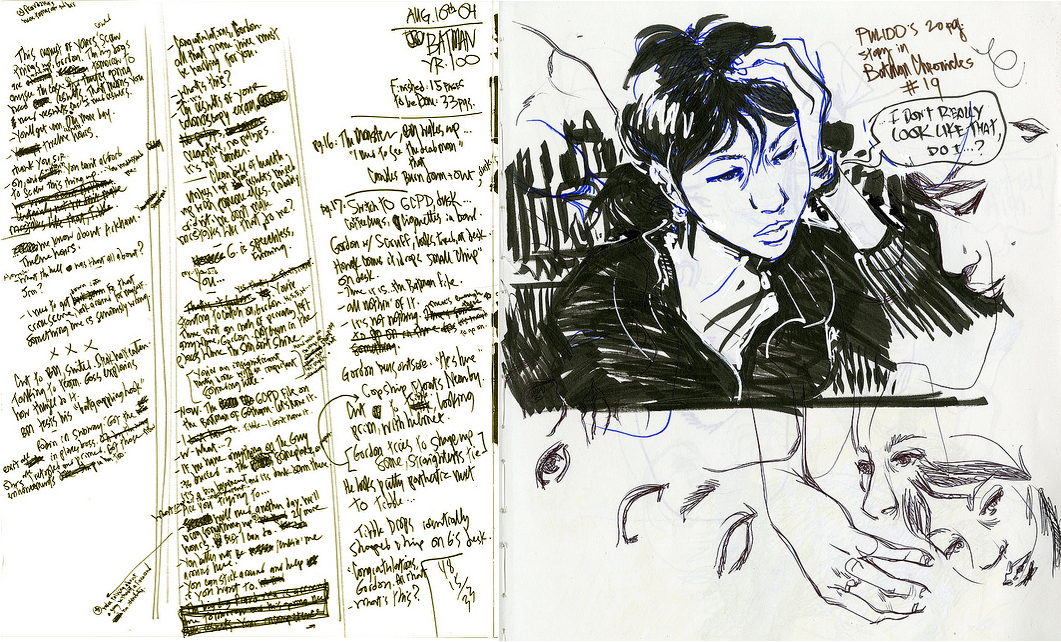
Artwork by Paul Pope, www.paulpope.com
(M) Do rituals and habits differ to you, or are they the same. If they’re different then how are they different?
(PP) The writing is more of a proper ritual, since it is introspective and self-reflective. The rest are maintenance and upkeep.
(M) How do you begin your day? Is it more or less the same each day, or does it change?
(PP) Right now I’m on a night schedule, which is a nightmare in winter. I am gradually getting back to daylight work hours. Ideally, I like to wake up at 8am and get to work by 9:30am.
(M) Do your rituals affect or align with your creativity? If so, then how?
(PP) Yes, they would be process alignment toward working hours.
(M) When you begin a project do you prepare in a specific way? If so then how?
(PP) Lots of research! Since I mainly write and draw comics, I research films and fine art and comics before starting a new project.
(M) When you come up against creative block or procrastination, how to you move alongside, or through this?
(PP) Sometimes it can be debilitating. You just need to wait it out.
(M) Are there rituals that you used to perform that you no longer do? Can you share? If so then why?
(PP) …can’t think of anything except cutting back on coffee, which I used to drink all day long. Now I have a cup at most in the AM.
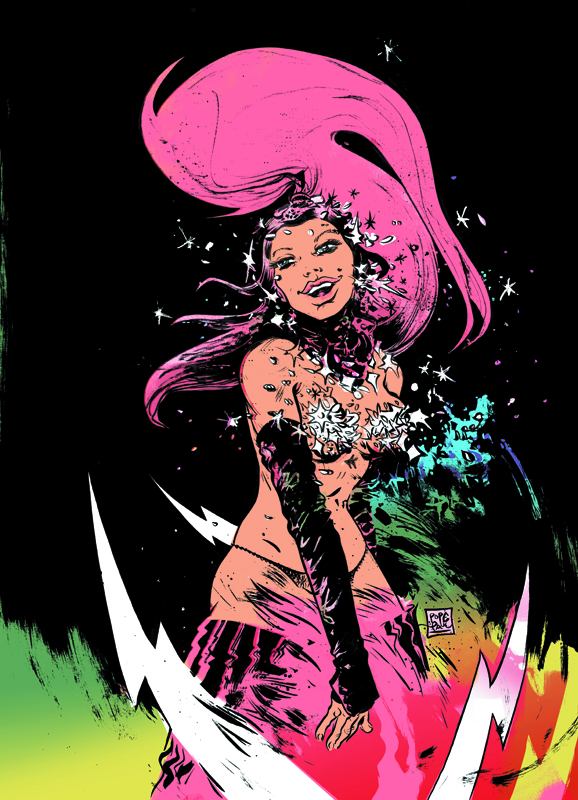
Artwork by Paul Pope, www.paulpope.com
(M) Are there certain tools that you use to create your work – brands, stores that you shop at, etc. that are very specific? Is there is a reason(s) why you do this?
(PP) I usually go to Blick store; they have pretty much everything I need. I primarily use Yasutomo Sumi Ink and #000-#0-#1 Windsor-Newton University Series brushes, Mono HB pencils (the BEST pencil on the market), and Sakura Micron Pens for detailed technical stuff. I sketch with various Japanese markers, particularly Kuratake brand.
1. Tharp, Twyla with Reiter, Mark. The Creative Habit: Learn It And Use It For Life: A Practical Guide. New York: Simon & Schuster, 2003.


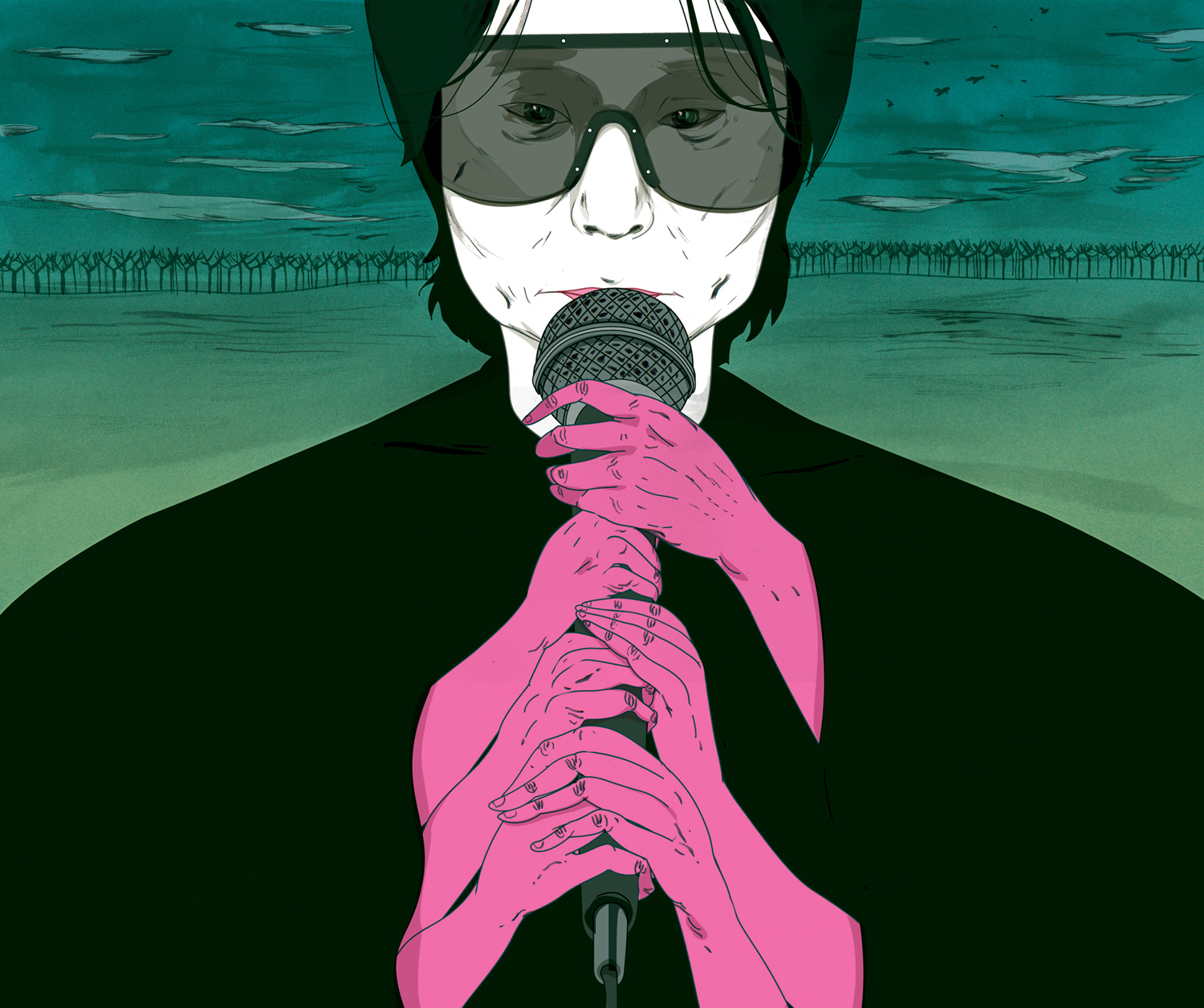
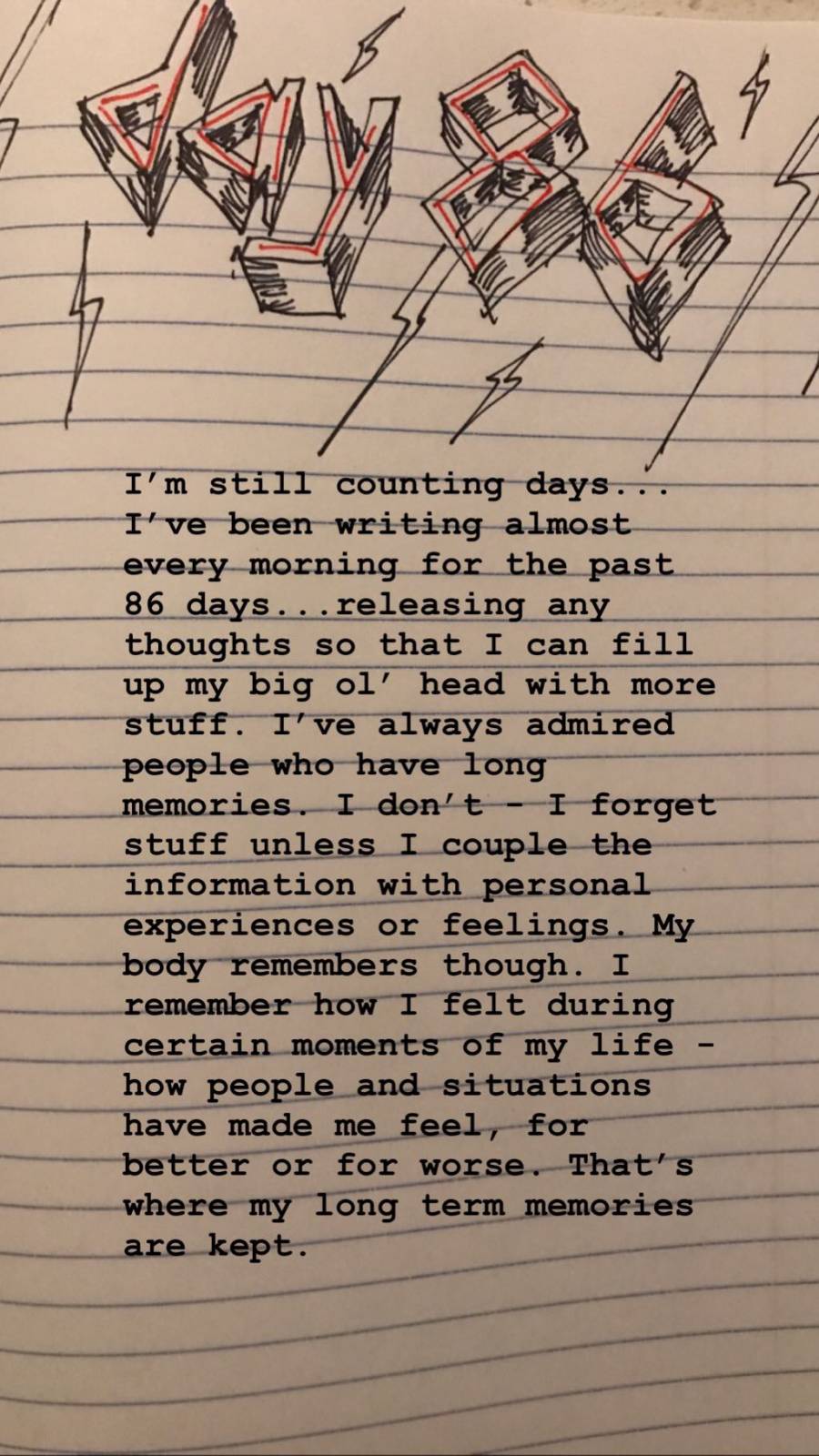
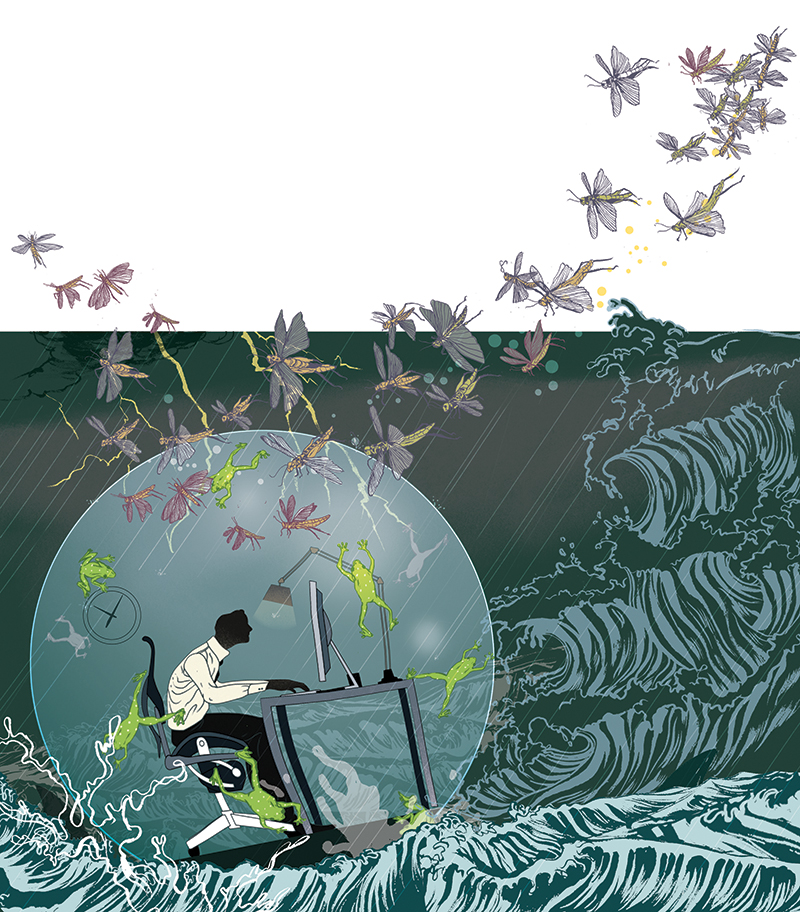
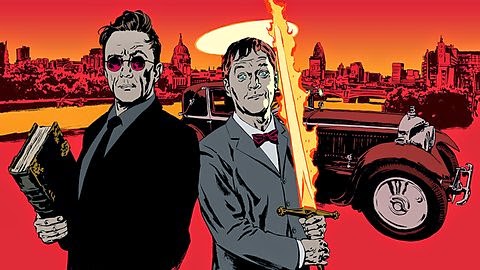
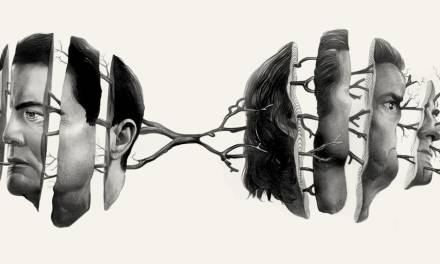
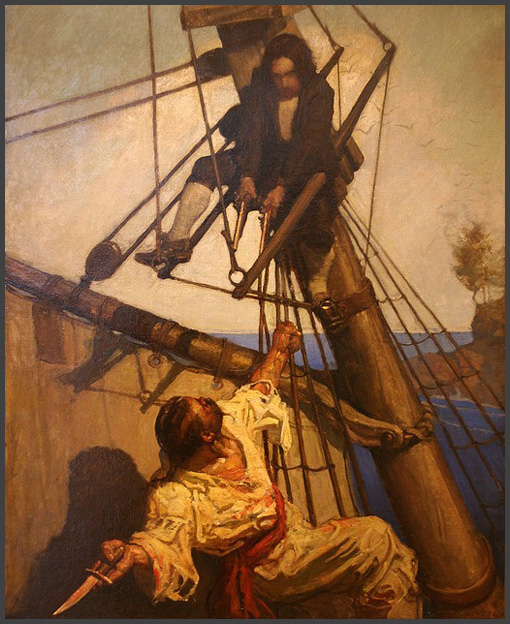

Phenomenal article thanks – reminding me to reconnect with Tharp and try not to let go of my own rituals!